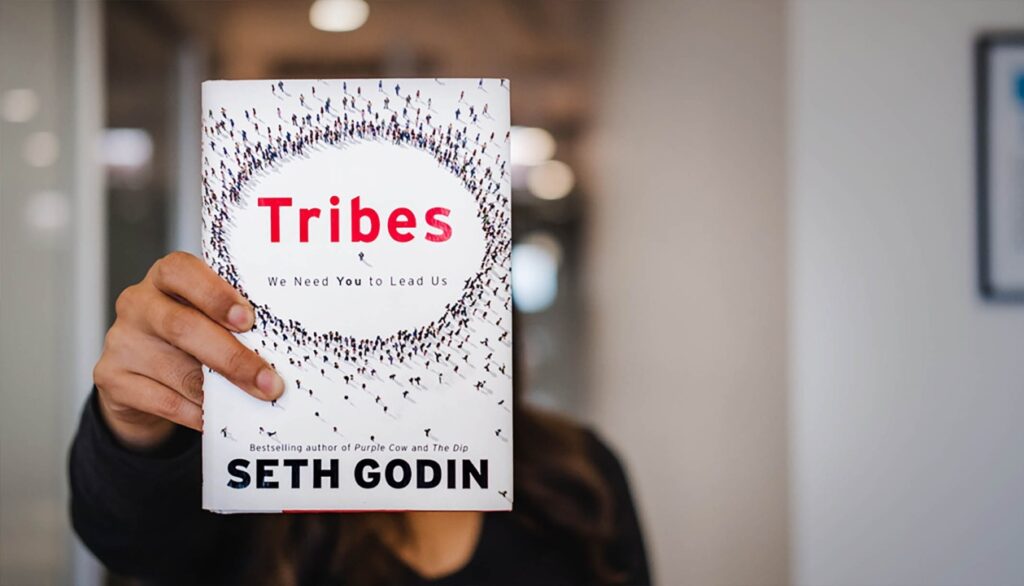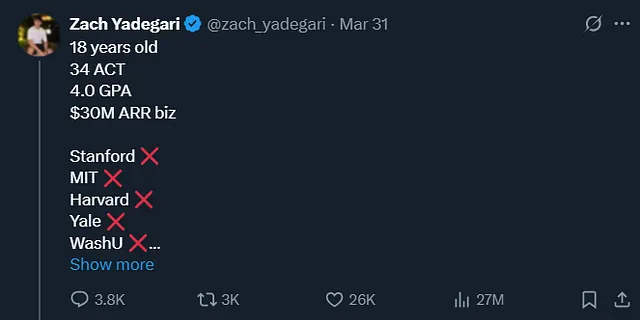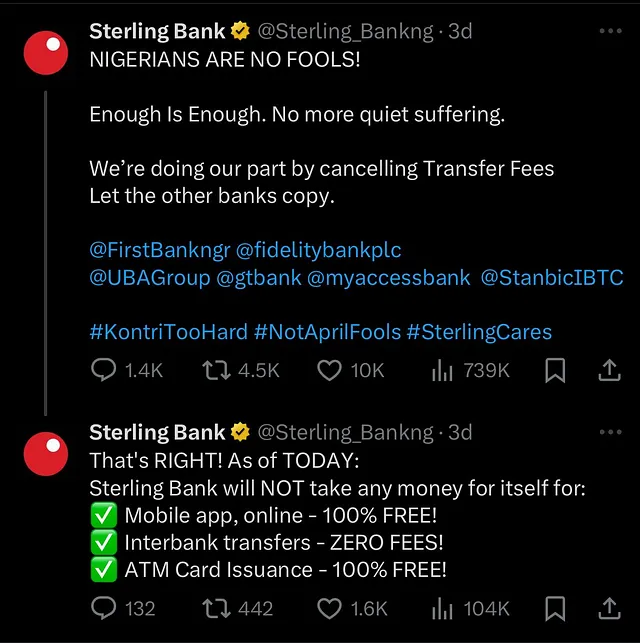Why Ashton Hall’s Saratoga Water Moment Shows People Crave Leaders, Not Just Products
Anyone who’s spent a moment scrolling through social media in the past two weeks has likely encountered the popular video or hype about Ashton Hall’s morning routine. With a single video racking up 750 million views on X alone, Hall managed to catapult a fairly unassuming brand, Saratoga Water, into an overnight sensation.
Featuring the water brand about 15 times so visibly in his video that searches for “Saratoga Water” skyrocketed by 1,359%, growing the brand followers by 11% and driving its parent company’s, Primo brand, up by 16% pre-market, adding roughly $1 billion to its market value.
It’s typical in today’s attention economy, where a single video or tweet can morph into a global trend. But beneath these numbers and behavioural patterns lies the narrative I posit: people are deeply craving leadership; they are subconsciously looking to follow an idea, influencer, compelling story, product, or brand.
If you’ve read Seth Godin’s Tribes, you’ll immediately recognize this dynamic. According to Godin, we want to belong to tribes led by those who rally us around a meaningful cause or story. The Ashton Hall Effect has just proven that the concept (published in 2008) is still alive and well in the digital era.

The Culture of Gathering
The heart of Godin’s argument in Tribes is simple: humans are wired to connect, to congregate around shared ideas, passions, or identities. Social media has greatly amplified this tendency, removing the barriers of geography, time, and, to a degree, even language (this week, we saw a Philippine student signing out from college in the way Nigerian students do).
Hall’s viral video was only another instance that united a tribe of followers, celebrities like Mr Beast, and content creators, all wanting to be part of something buzzing, fresh, and new.
However, it wasn’t just about the water or morning routine but about belonging. A sense of belonging, or FOMO (Fear of Missing Out), drove viewers to participate, recreate, and further amplify the moment. This tribal behavior aligns with Godin’s view that a group of people needs only two things to become a tribe: a shared interest and a way to communicate. Ashton Hall supplied both.

Brands in the Leadership Role
Today, leading brands do far more than sell products; they set cultural agendas. Looking at the recent political landscape in America, although some brands stayed neutral, others boldly picked a side and as I argue today, people rally around them.
When brands dare to lead, they capture hearts, foster loyalty, and win customers’ wallets faster than those merely chasing trends.
The Need for Bold Leaders
Seth Godin wrote that what we lacked was not more marketing or more noise but leaders ready to step forward. And whether we realize it or not, the modern consumer is subconsciously on the lookout for someone or something to lead them into the next big thing.
It’s exactly why Apple can drop an updated device and have thousands of people camp outside stores or why a relatively niche water brand can become the talk of the digital town.
If you want to build a tribe, be bold enough to take the lead.
Brands have the opportunity to offer more than a product; they can lead customers on a journey. Influencers, entrepreneurs, and everyday creators have that same opportunity. We live in an era where the power to spark a movement rests on any smartphone camera lens.
This is already in Motion
March 31st, 2025: Zach Yadegari, an 18-year-old tech founder, posted on X about his academic qualifications and business success yet was rejected by top schools like Stanford, Harvard, MIT, and Yale, ending up with acceptances to only 3 of the 18 schools he applied to. 27k likes, 3k retweets, and 3k comments later, he follows up with another post on April 2nd, now pinned on his profile, “Make Admissions Fair Again.”
A movement.

April 1st, 2025: Sterling Bank, a Tier 2 commercial bank in Nigeria, posted on X, “NIGERIANS ARE NO FOOLS.” The bank announced the cancellation of transfer fees and tagged other leading banks, challenging them to follow suit. The outcome? A raging movement of customer praises, account opening and as you can guess, followership.

Where Do We Go from Here?
Leadership has become a winning strategy; it’s the core engine that drives meaningful engagement. So, whether you’re a Fortune 500 company, a scrappy startup, or just someone with a big idea, remember that we all crave a cause to rally around. If you can provide that cause, you might just discover a tribe you never knew existed.
